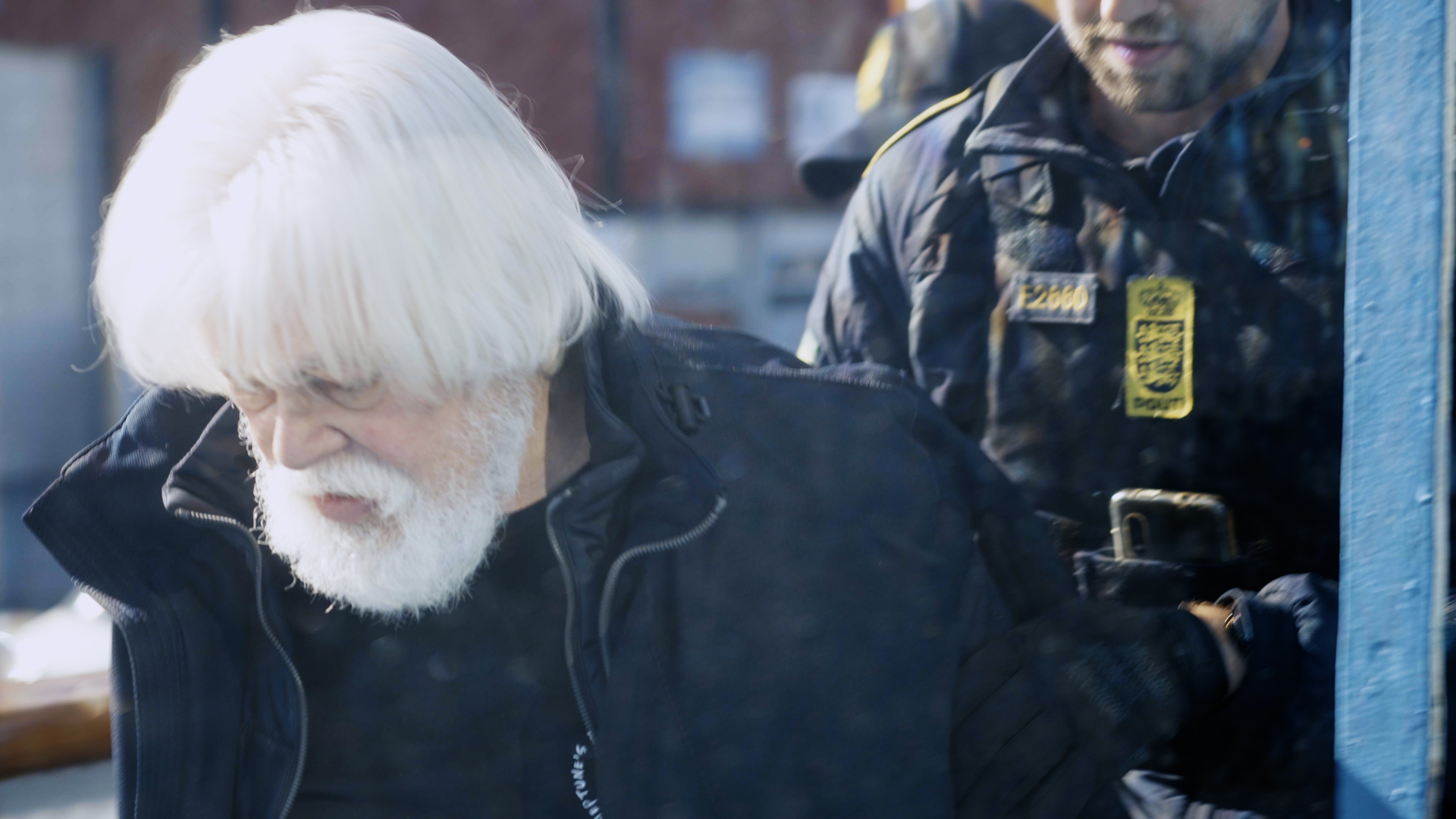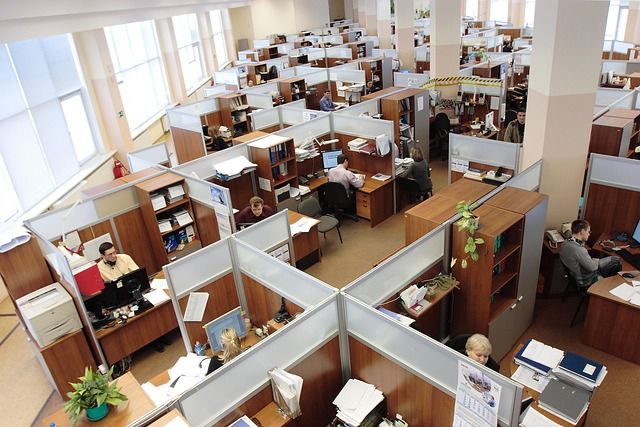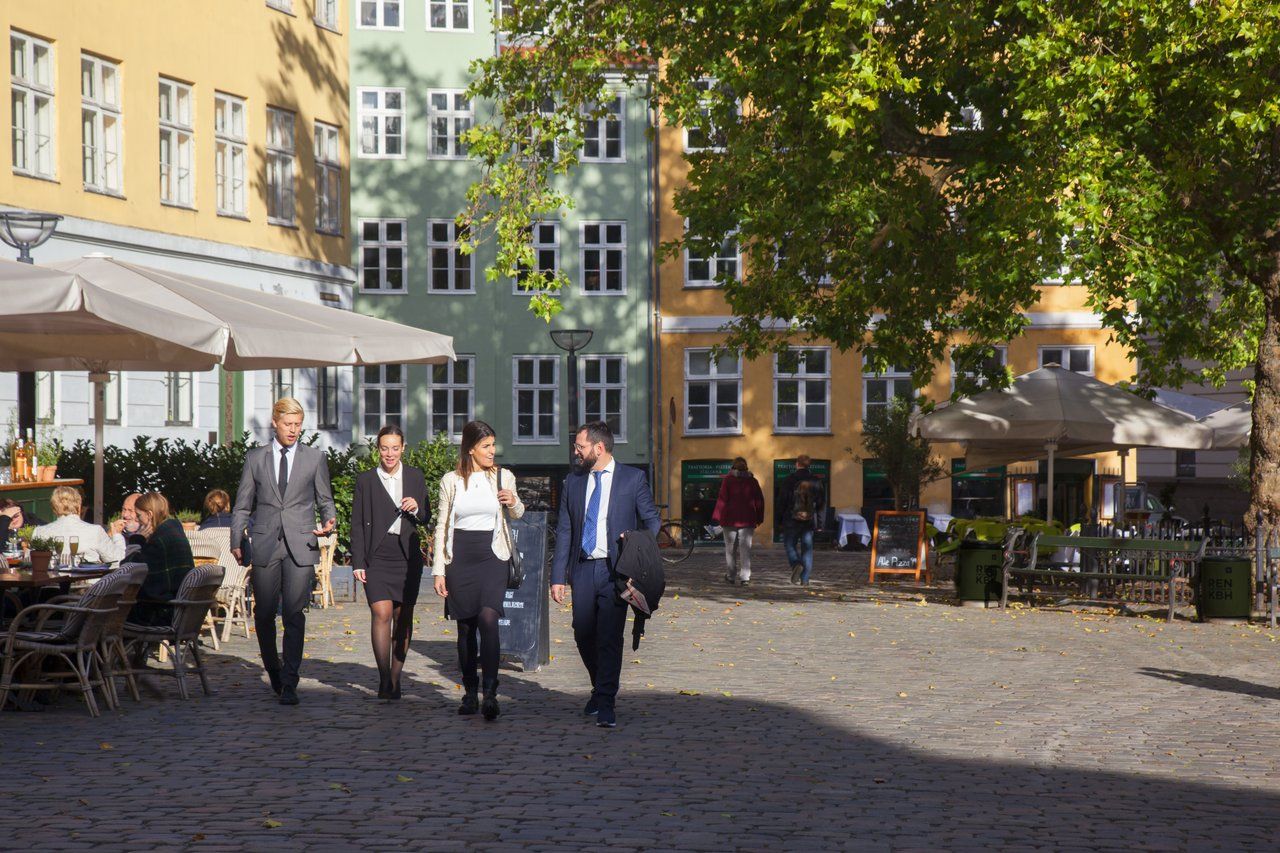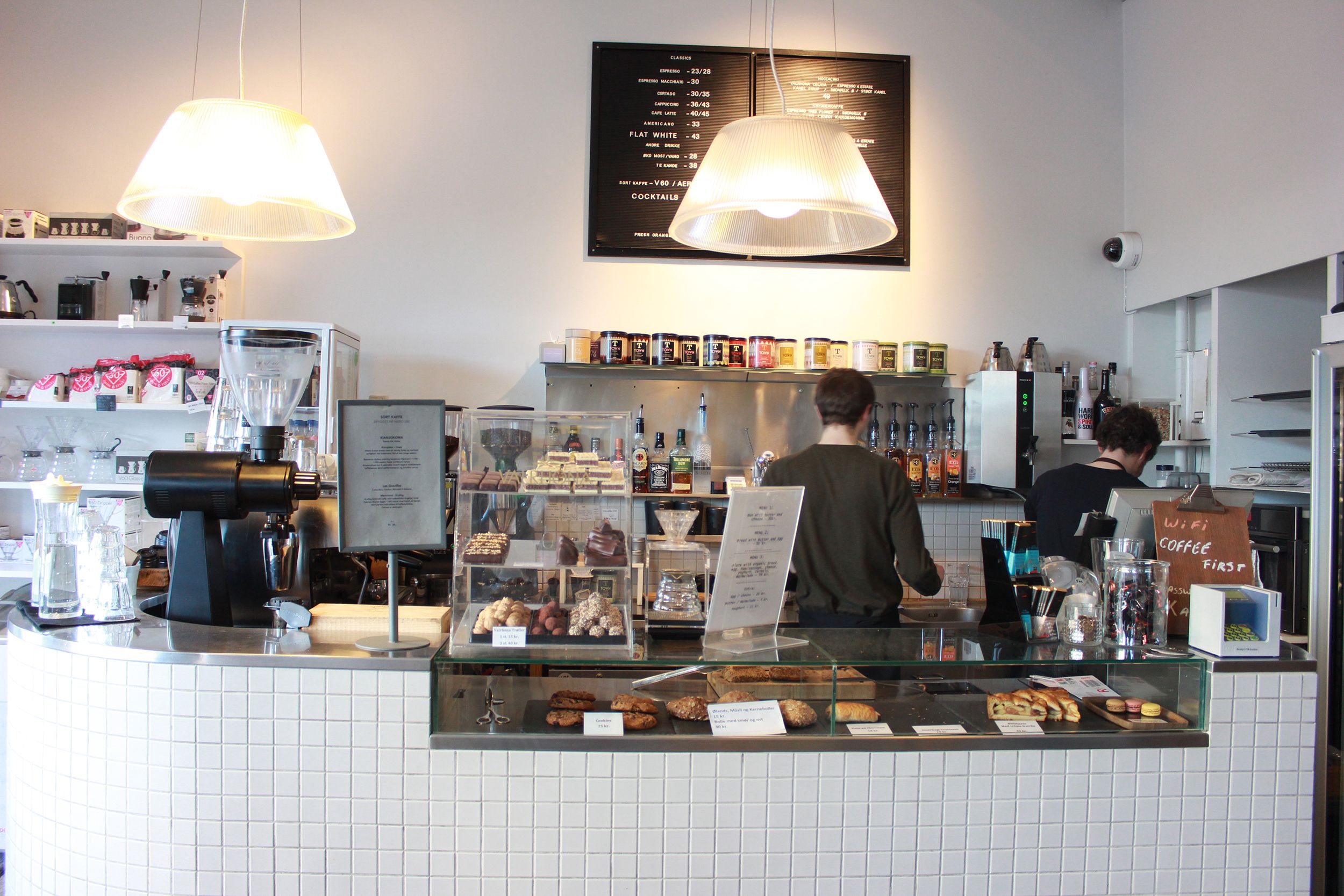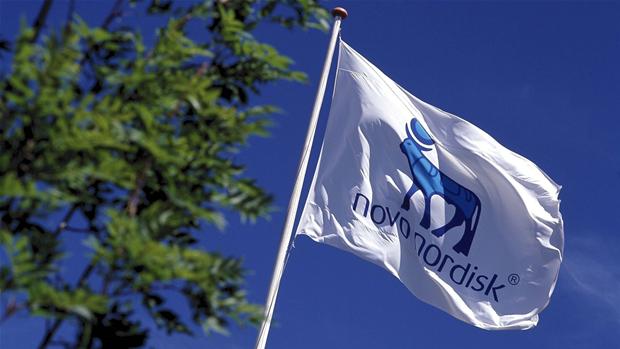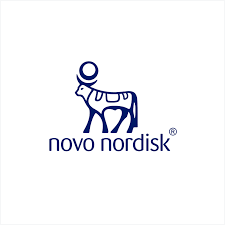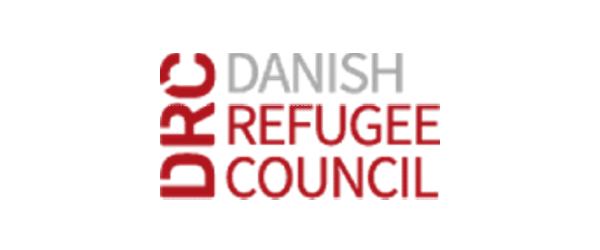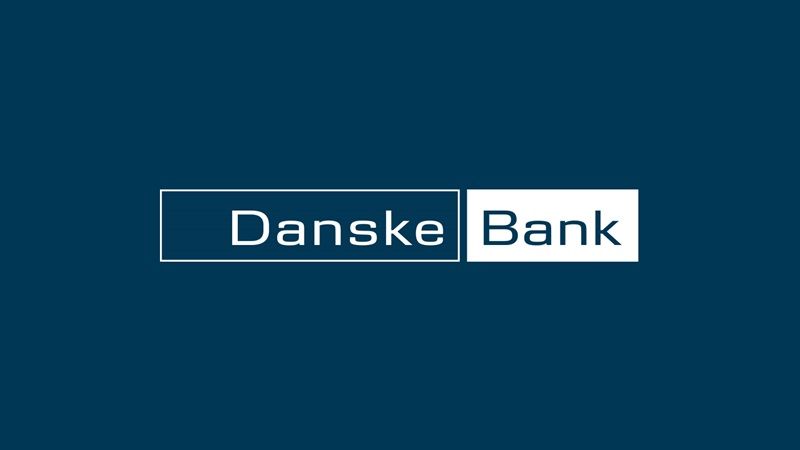 Everyone has a right to have a cool kitchen! Or at least that’s what a TV commercial told us a couple of years ago. Sixty years ago, though, ‘a cool kitchen’ was an ideal few could afford to have. Our modern welfare state was founded in a decade where moderation and cramped conditions were the norm rather than the exception. But the 1950s were also an age packed with innovation and creativity. Both the stylish architectonical pure lines and Madam Blue of the worker home are haunting us to this very day with new, nostalgic retro features. Join Kulturklik on a time travelling experience as we invite you inside the 1950s home.
Everyone has a right to have a cool kitchen! Or at least that’s what a TV commercial told us a couple of years ago. Sixty years ago, though, ‘a cool kitchen’ was an ideal few could afford to have. Our modern welfare state was founded in a decade where moderation and cramped conditions were the norm rather than the exception. But the 1950s were also an age packed with innovation and creativity. Both the stylish architectonical pure lines and Madam Blue of the worker home are haunting us to this very day with new, nostalgic retro features. Join Kulturklik on a time travelling experience as we invite you inside the 1950s home.
Golden Age of Danish Design
Design Museum Denmark (Bredgade 68, 1260 Cph K; open Tue-Sun 11:00-17:00) holds one of the most extensive collections of Danish furniture classics from the post-war time. The museum resides in the building, which once was the Royal Highness Frederik’s Hospital. In the old rococo hospital’s long corridors one can admire familar chairs and other renowned design objects by Finn Juhl, Børge Mogensen, Poul Henningsen and Arne Jacobsen, among others. The museum is the perfect place to delve into the history of design, as it was here the Cabinetmakers Guild’s influential annual furniture exhibition was held (from 1927–1966), where many of the classics were brought out for the very first time. After all, the purpose of the exhibition was, among other things, to create furniture for the two-room apartment.
The worker’s daily life
It was a while, though, before the Ant and PH-lamp became a common sight in the average home. A visit to the Worker’s Museum (Rømersgade 22, 1362 Cph K; open daily 10:00-17:00) gives you an insight into the 1950s home as it was for the majority of Danes. Visitors born before 1950 do quite frequently exclaim: “We had something like that!” when they walk in. Nostalgically admire the furniture made in solid teak, bright colours, mottled curtains, travel-size gramophones, curlers, copper cauldrons and bunk beds. And remember the hardship as the non-existent minimalism is not merely a cover up for bad taste, but tells of poor circumstances too. When you compare the blue-painted Copenhagener’s kitchen with the modern sociable kitchen, you can almost see the revolutionary home evolution happen in front of your eyes. Above the small cooker hangs a coin meter, which had to be fed with your small change to obtain the gas, and the refrigerator was not taken for granted either. Having one meant you didn’t have to place the cold cuts adjacent to the windowsills to delay their rotting.
Instruments that changed the world
The technical practicalities of the home are an entire history in itself, and told at the Technical Museum of Denmark (Fabriksvej 25, 3000 Helsingør; open Tue-Sun 10:00-17:00). To mark the museum’s 100th anniversary, a new exhibition in the halls of the old iron foundry, ‘Home, dear home’, invites you to experience the technology of the average 1950s home. During the decade, the electric cooker, washing machine and Ballerup mastermix were but a few of the instruments that changed the daily life of the Danes. The family got together in front of the TV, Nilfisk declared war against dust, and transistor radios introduced rock and roll into our living rooms.
Banning homosexuality
Norms and taboos have also changed inside the domestic home since the 1950s. At the Police Museum (Fælledvej 20, 2200 Cph N; open Tue-Thu & Sun 11:00-16:00) you can see the taboos and norms of old close up. The museum keeps confiscated material from some pretty perverse sexual crimes, which tells of a wholly different time and age. Although, a few of the ‘crimes’ – transsexuality and homosexuality – are considered legal today.
Much more about the 1950s
Got a taste of the 1950s? Pack up a lunchbox and a thermo and visit Karen Blixen’s home at Rungstedlund (Rungsted Strandvej 111, 2960 Rungsted Kyst; open Wed-Fri 13:00-16:00, Sat-Sun 11:00-16:00), which looks just like it did in the 1950s. You can also visit Revymuseet (Allégade 5, 2000 Frederiksberg; open Tue-Sun 11:00-16:00) next to Frederiksberg Have and have a good laugh at the 1950s revue classics – and on march 30, The National Gallery of Denmark (Sølvgade 48-50, 1307 Cph K; open Tue-Sun 10:00-17:00, Wed 10:00-20:00) welcomes you to a permanent exhibition of art from the period.
Find out more at http://www.cphmuseums.com/.



